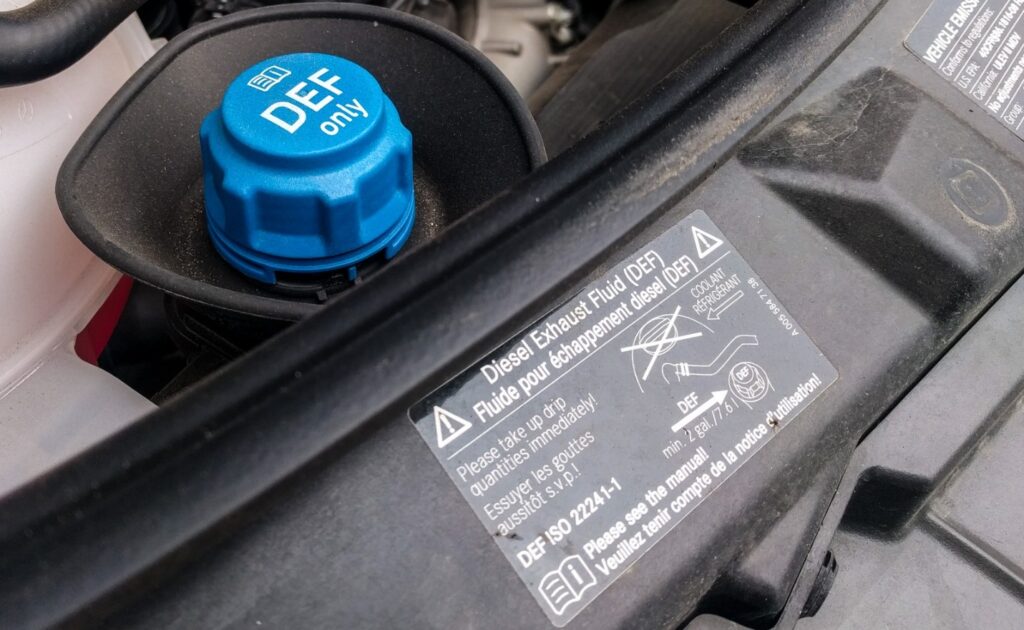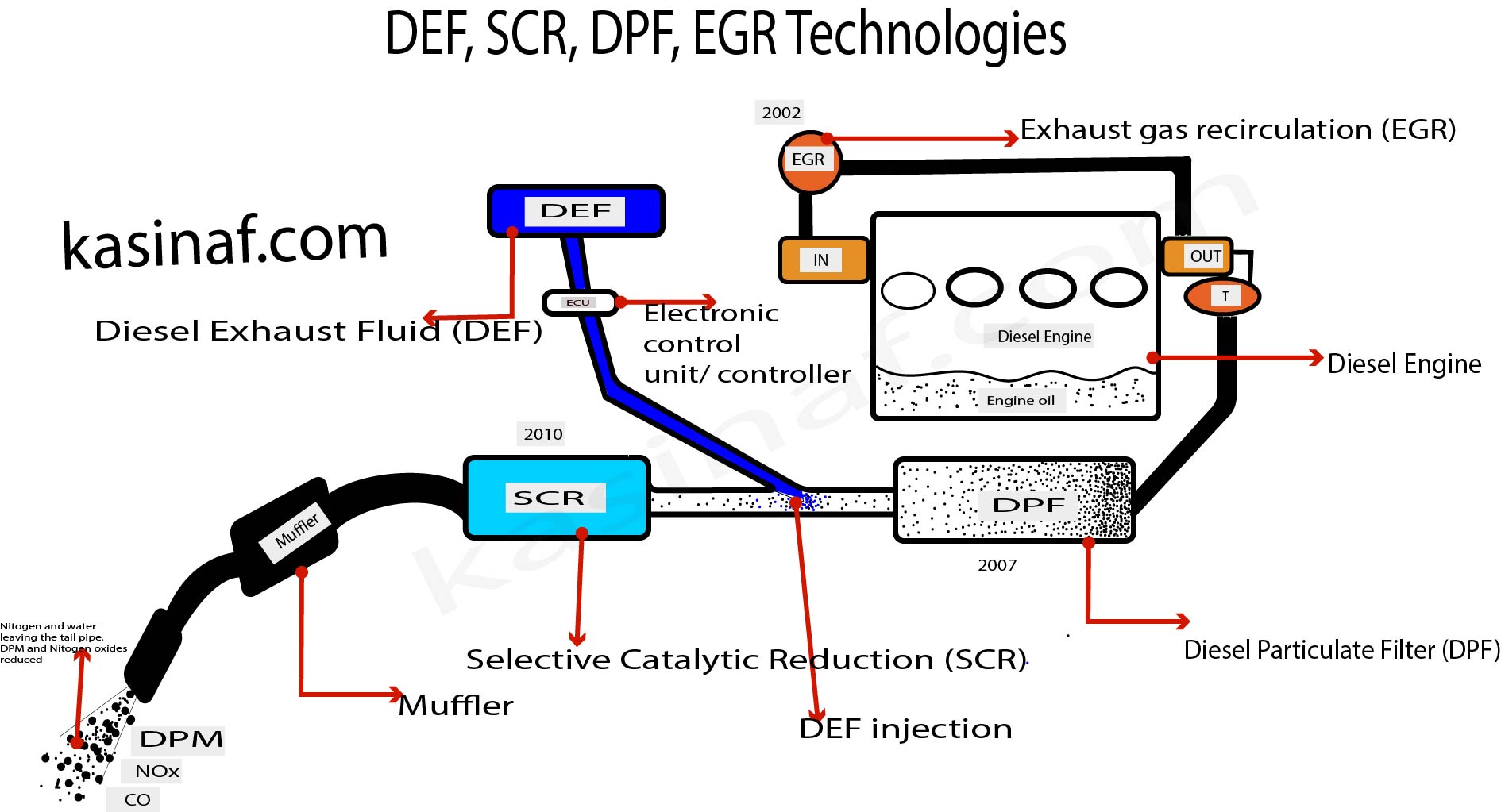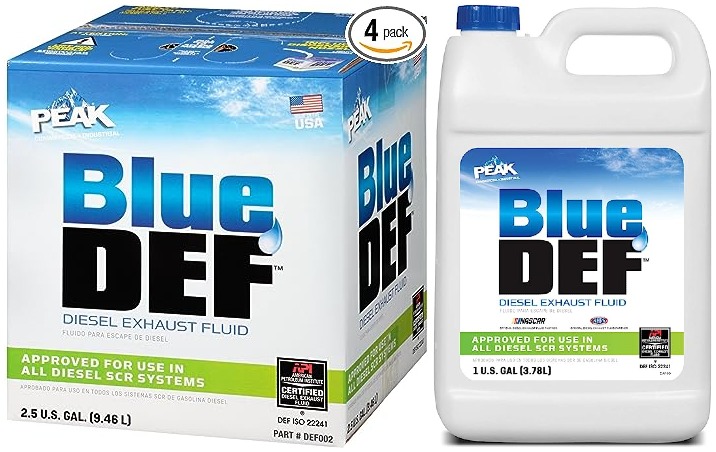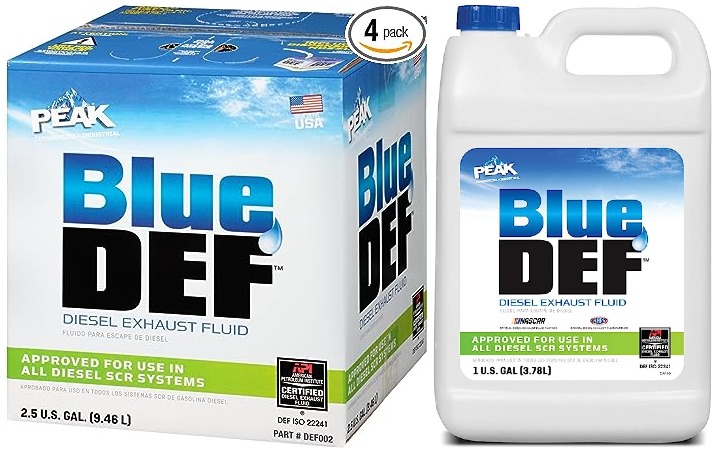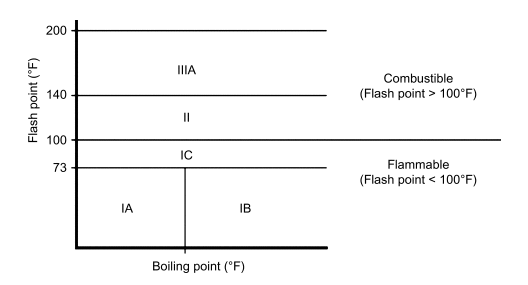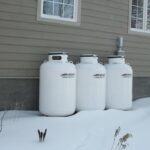In recent years, diesel-powered vehicles have become increasingly prevalent on our roads. With stricter environmental regulations in place, these vehicles are equipped with advanced emission control systems that require Diesel Exhaust Fluid (DEF) to function efficiently. DEF is a crucial component in reducing harmful emissions and ensuring compliance with EPA guidelines. In this article, we will provide a comprehensive guide on how to check DEF levels, ensuring your diesel vehicle runs smoothly and responsibly.
What is DEF (Diesel Exhaust Fluid)
DEF is a clear, odorless, non-toxic, and non-flammable fluid composed of pure urea and de-ionized water which plays a pivotal role in the selective catalytic reduction (SCR) process, where it interacts with exhaust gases to convert hazardous emissions into harmless water vapor and nitrogen. This process is vital for meeting emissions standards and reducing the environmental impact of diesel vehicles.
Checking DEF Levels
- Locating the DEF Tank: DEF is stored in a separate tank on diesel vehicles. In trucks, you’ll typically find it next to the diesel fuel tank, while in cars, it may be near the spare tire area. Vehicles built in compliance with 2010 or later EPA guidelines come equipped with a dashboard warning system that alerts you when DEF levels are low.

- Monitoring the Dashboard: Pay close attention to your vehicle’s dashboard warning system. When the DEF level drops below a certain threshold, a warning light will illuminate. It’s essential not to ignore this warning, as running out of DEF can lead to reduced vehicle performance.
DEF filling or Topping Off the DEF
Adding more DEF to your vehicle is a straightforward process:
- DEF Availability: DEF is readily available at most truck stops, automotive parts stores, major OEM locations, and distributor locations. Some truck stops even provide DEF pumps adjacent to fuel pumps for added convenience.

- Preventive Filling: It’s advisable to top off your DEF tank before embarking on long trips, even if the warning light hasn’t illuminated. This proactive approach helps prevent any DEF-related issues during your journey.
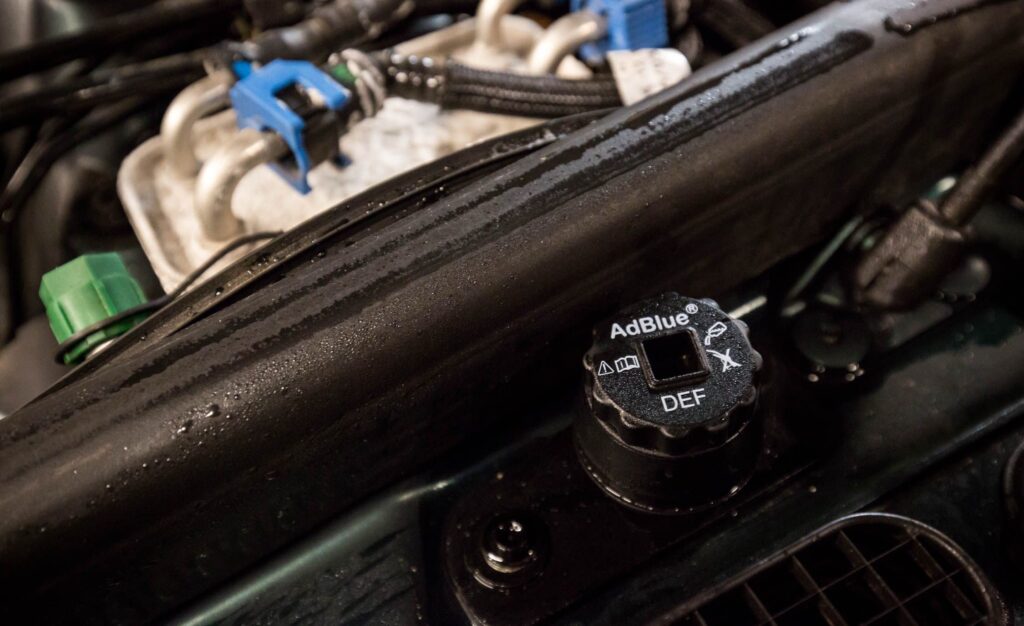
Estimating DEF Consumption
The consumption of DEF can vary based on several factors, including environmental conditions. Typically, DEF consumption ranges between 2% and 3% of your vehicle’s fuel consumption. To put it in perspective, a diesel truck with a 36-gallon fuel tank will use approximately 1 gallon of DEF for every full tank of diesel fuel. Key factors affecting DEF consumption include your vehicle’s usage patterns and geographical elements such as terrain.
Shelf Life of DEF
DEF has a finite shelf life, which is influenced by ambient storage temperature:
- Storage Conditions: DEF should be stored in a location where the maximum temperature does not exceed 75 degrees Fahrenheit for extended periods. Proper storage ensures DEF can last for approximately two years.
- Expiration Date: DEF purchased from auto parts supply stores or truck stops should come with an expiration date. Always check this date to ensure the fluid’s effectiveness.
Conclusion
Checking and maintaining your diesel’s exhaust fluid level is a simple yet crucial aspect of routine vehicle maintenance. Ignoring low DEF levels can lead to vehicle performance issues and even leave you stranded. By following the guidelines outlined in this article, you can ensure your diesel vehicle remains compliant with emissions standards and operates smoothly.

